History of Strawberry Shortcake

The story of Strawberry Shortcake began with a sweet-scented revolution that captured the hearts of children worldwide in the 1980s. Known for her distinctive strawberry scent, bright red hair, and fruit-themed friends, Strawberry Shortcake created a timeless empire that continues to delight generations.
Originally designed as a simple greeting card character, Strawberry Shortcake quickly evolved into one of the most iconic toys of the 1980s, expanding into cartoons, books, clothing, and more. Over 40 years, the brand has undergone multiple reinventions while maintaining its core charm. Today, Strawberry Shortcake thrives in modern forms on streaming platforms, digital games, and redesigned toys for new fans.
The Birth of Strawberry Shortcake in the Late 1970s
From Greeting Card to Doll Concept

Strawberry Shortcake’s journey started in 1972-1973 as a charming drawing on a Valentine’s Day greeting card by artist Barbi Sargent for American Greetings. This early character, called “Girl with a Daisy” or “Strawberry Girl,” featured a freckle-faced child wearing a strawberry-printed bonnet and holding a daisy.
In 1977, American Greetings art director Rex Conners recognized the character’s popularity and commissioned Sargent to create full-color “leader cards” featuring the fully developed Strawberry Shortcake. These test cards introduced the character’s signature strawberry motif to the public, receiving enthusiastic responses.
There is some debate about the original creator, with some crediting Muriel Fahrion, who designed Strawberry Shortcake and her pet cat Custard in 1977. Regardless, American Greetings saw the potential to expand the character beyond greeting cards.
The strawberry theme, freckles, and red yarn curls made Strawberry Shortcake stand out, perfectly setting the stage for her transformation into a beloved doll.
The Role of American Greetings and Kenner
American Greetings’ licensing division, Those Characters From Cleveland (TCFC), led the development of Strawberry Shortcake as a toy property.

After greeting card success, the character was licensed to Kenner Products in 1979, who released the first doll faithful to the original design — a rag doll with freckles, red yarn curls, and strawberry-patterned bonnet.
The original dolls featured a unique innovation: each was scented to match the fruit or dessert they represented, adding a sensory dimension to play. Between 1979 and 1985, Kenner produced numerous dolls and friends, laying the foundation for a global phenomenon.
This partnership between American Greetings and Kenner combined creative design, character development, and innovative manufacturing to create an enduring children’s brand.
The 1980s Boom: Dolls, TV Specials, and Global Fame
By 1980, Strawberry Shortcake had become a cultural sensation. The first animated special, The World of Strawberry Shortcake, aired in March 1980. Though major networks initially rejected it for being too commercial, Kenner syndicated the specials to independent stations, reaching millions.

The animation was a collaboration between Murakami-Wolf-Swenson in the U.S. and Toei Animation in Japan. Russi Taylor voiced Strawberry Shortcake, while Robert Ridgely voiced the villain Peculiar Purple Pieman. Over the next five years, five more specials expanded the Strawberryland universe.
The franchise’s merchandising exploded, with 1981 sales estimated between $300-500 million. Beyond dolls, products included clothing, bicycles, sticker albums, and even an Atari 2600 video game.
Kenner expanded the character roster and introduced pet companions, while international licensing brought unique adaptations like Brazil’s Moranguinho, which produced 68 dolls with original designs.
Ownership Changes and Brand Revivals

- 1991: Toy Head-Quarters (THQ) relaunched the dolls with updated looks, but the line lasted only a year.
- 2002-2003: DIC Entertainment and Bandai revived the brand with new direct-to-video specials and merchandise.
- 2006: Playmates Toys introduced the “A World of Friends” line.
- 2008: Hasbro rebooted the franchise with CGI films and TV series, shifting focus to healthier fruit themes.
- 2014: The Bridge Direct took over manufacturing.
- 2015: Iconix Brand Group purchased the rights.
- 2017: DHX Media (now WildBrain) acquired the brand and launched new animated series and merchandise.
Each company brought fresh visions, evolving Strawberry Shortcake’s appearance and universe to stay relevant while honoring her heritage.
Design Evolution Through the Decades
From the original rag doll with yarn hair and bloomers, Strawberry Shortcake’s look has transformed significantly:

- The 1991 THQ dolls modernized her look slightly.
- Bandai’s 2003 redesign gave her brown eyes and a more realistic child-like appearance.
- Playmates Toys’ 2006 “Candy Pops” version made her appear as a pre-teen with sophisticated styling.
- Hasbro’s 2009 makeover returned her to a younger “tween” look with modern outfits and accessories like a cell phone.
- The 2021 “Berry in the Big City” version features trendy clothing and a strawberry-shaped satchel.
Her signature scent remained a defining feature, though formulas changed with each manufacturer, sometimes sparking debate among fans. Pet companions also evolved, from stuffed-animal-like toys to more realistic designs.
Modern Reboots and Digital Expansion
In the 2010s, Strawberry Shortcake embraced digital platforms:
- Berry Bitty Adventures (2010-2015) introduced 3D animation and a miniature town setting.
- Berry in the Big City (2021) launched on YouTube and Netflix with 2D animation and short episodes.

- The franchise expanded to Roblox with baking-themed games.
- Moose Toys launched a new scented doll line in 2022, blending nostalgia with modern play.
Global Adaptations and Fan Reactions
International markets created unique Strawberry Shortcake versions:
- Brazil’s Moranguinho line (1982-1992) featured over 60 exclusive dolls with distinctive scents and designs.

- Argentina produced a live-action adaptation called Frutillita in 2005.
- The 1983 International Friends line introduced multicultural characters from various countries.
Collector communities worldwide keep the legacy alive through conventions, forums, and reproductions. French company Altaya’s 2020 subscription series reissued classic dolls, including Brazilian exclusives, fueling nostalgia across languages and regions.
Conclusion
Strawberry Shortcake’s journey from greeting card to global icon showcases the power of thoughtful character design, sensory innovation, and strategic marketing. For Generation X and Millennials, she remains a cherished childhood memory, while new generations enjoy her evolving stories and products.
Her enduring appeal lies in balancing tradition — red hair, freckles, fruit themes, and sweet scent — with fresh reinvention. Across four decades and multiple ownerships, Strawberry Shortcake continues to bloom as a beloved figure connecting generations through shared play and nostalgia.
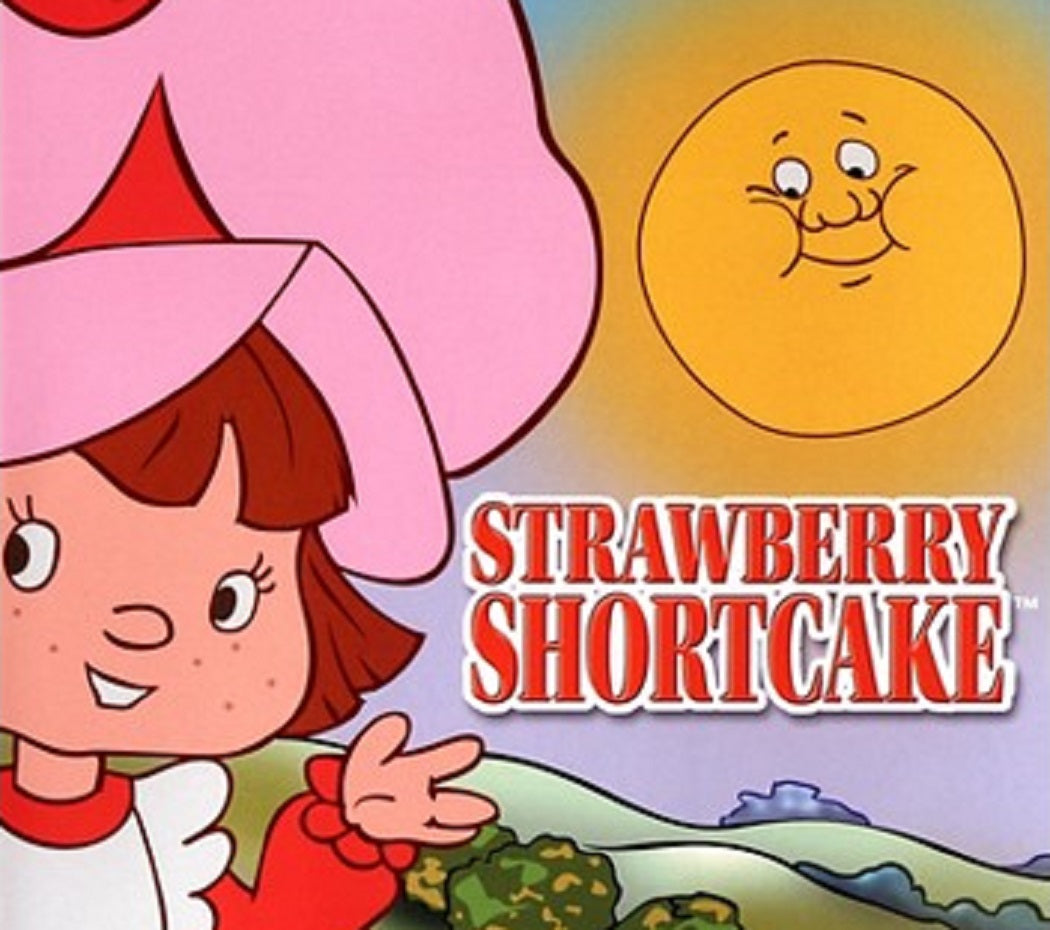

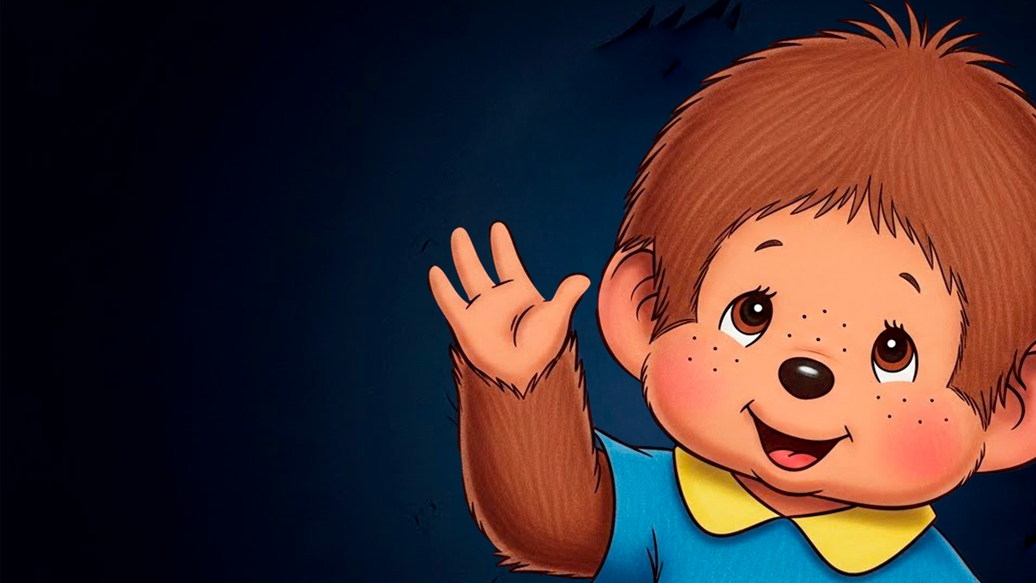

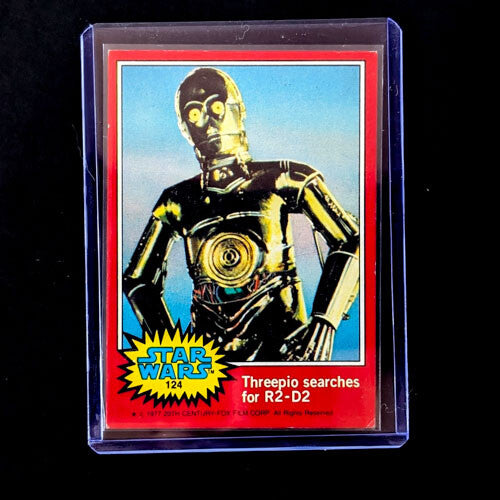

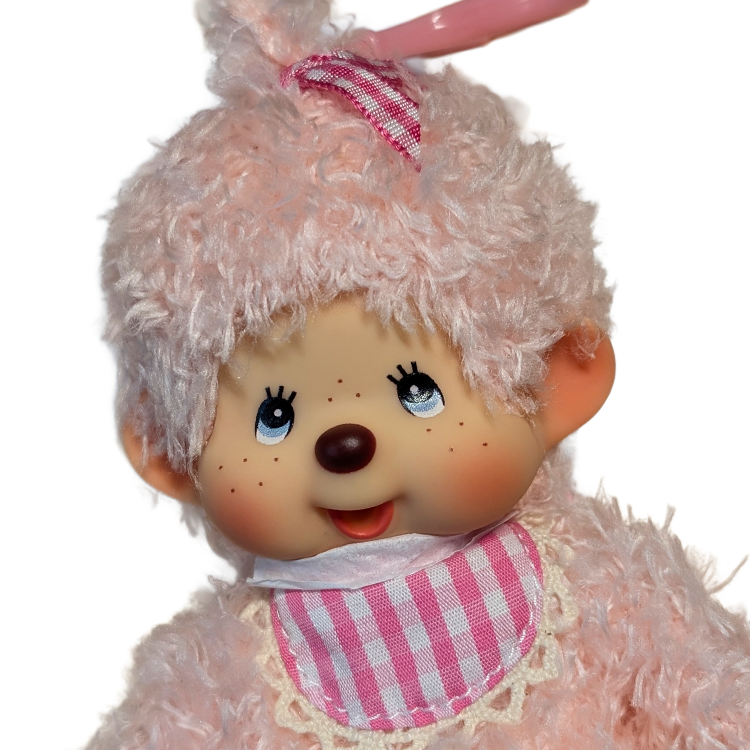


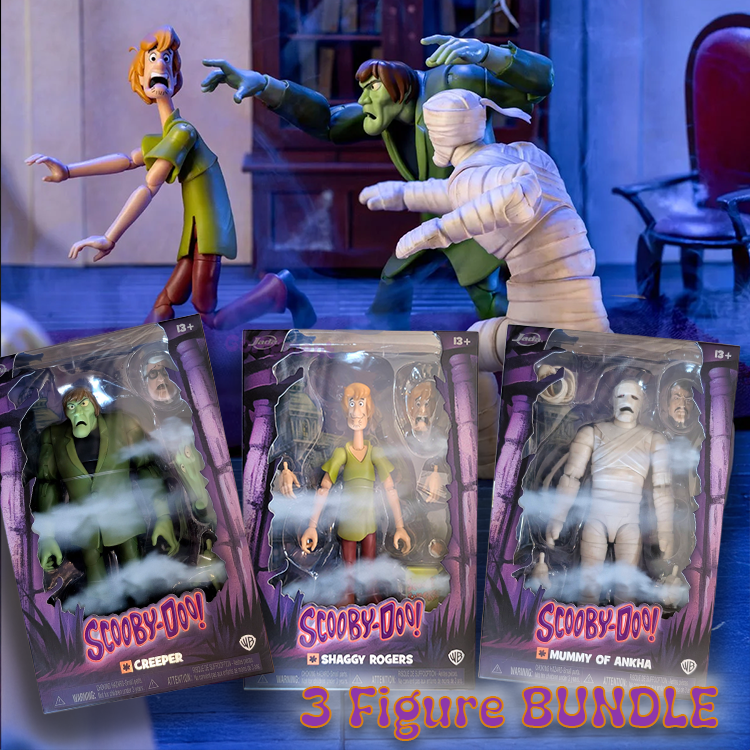

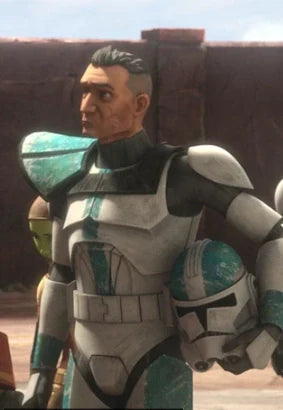

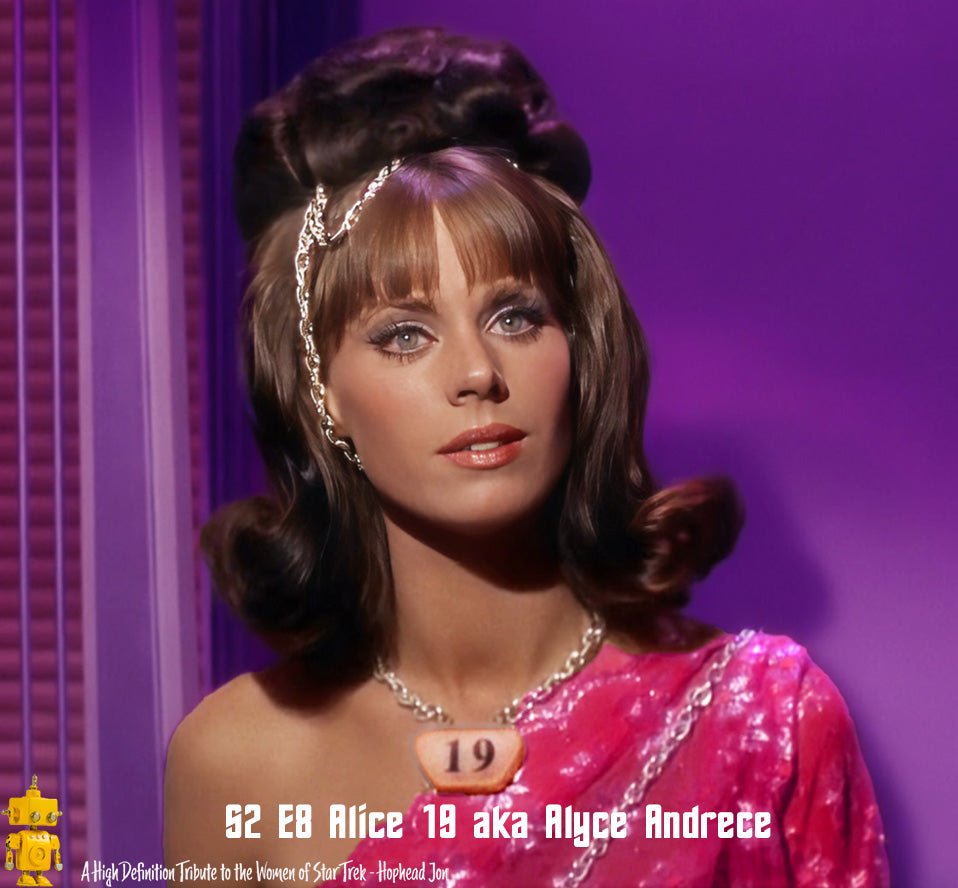
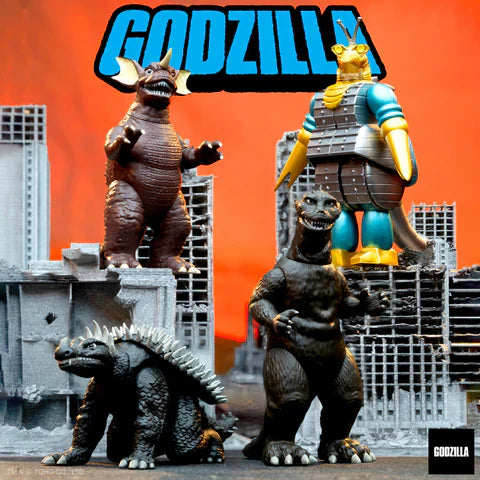
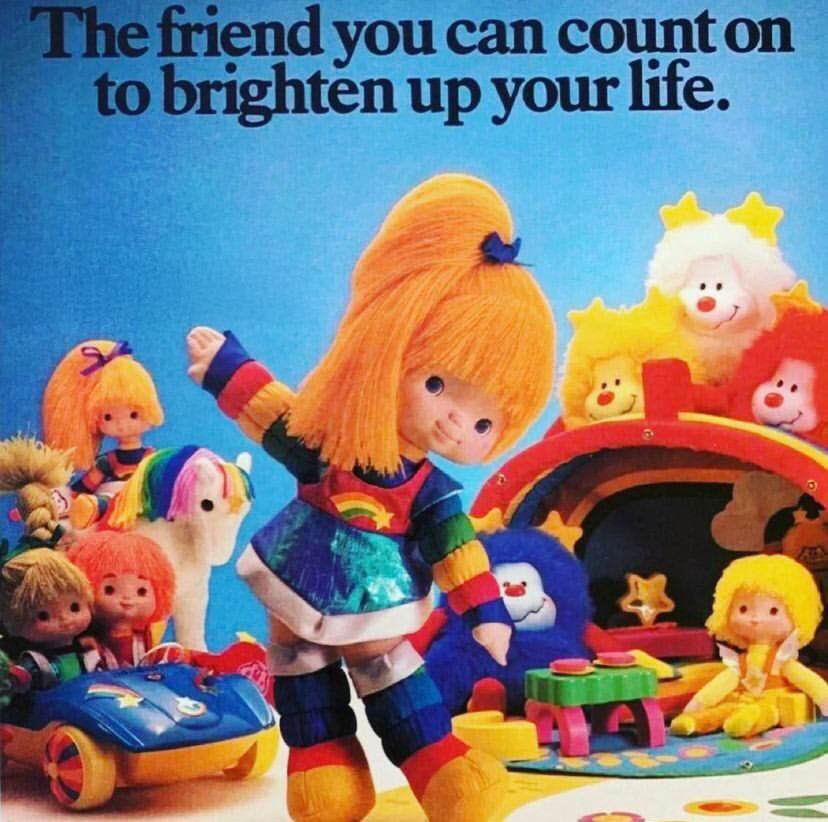
Leave a comment